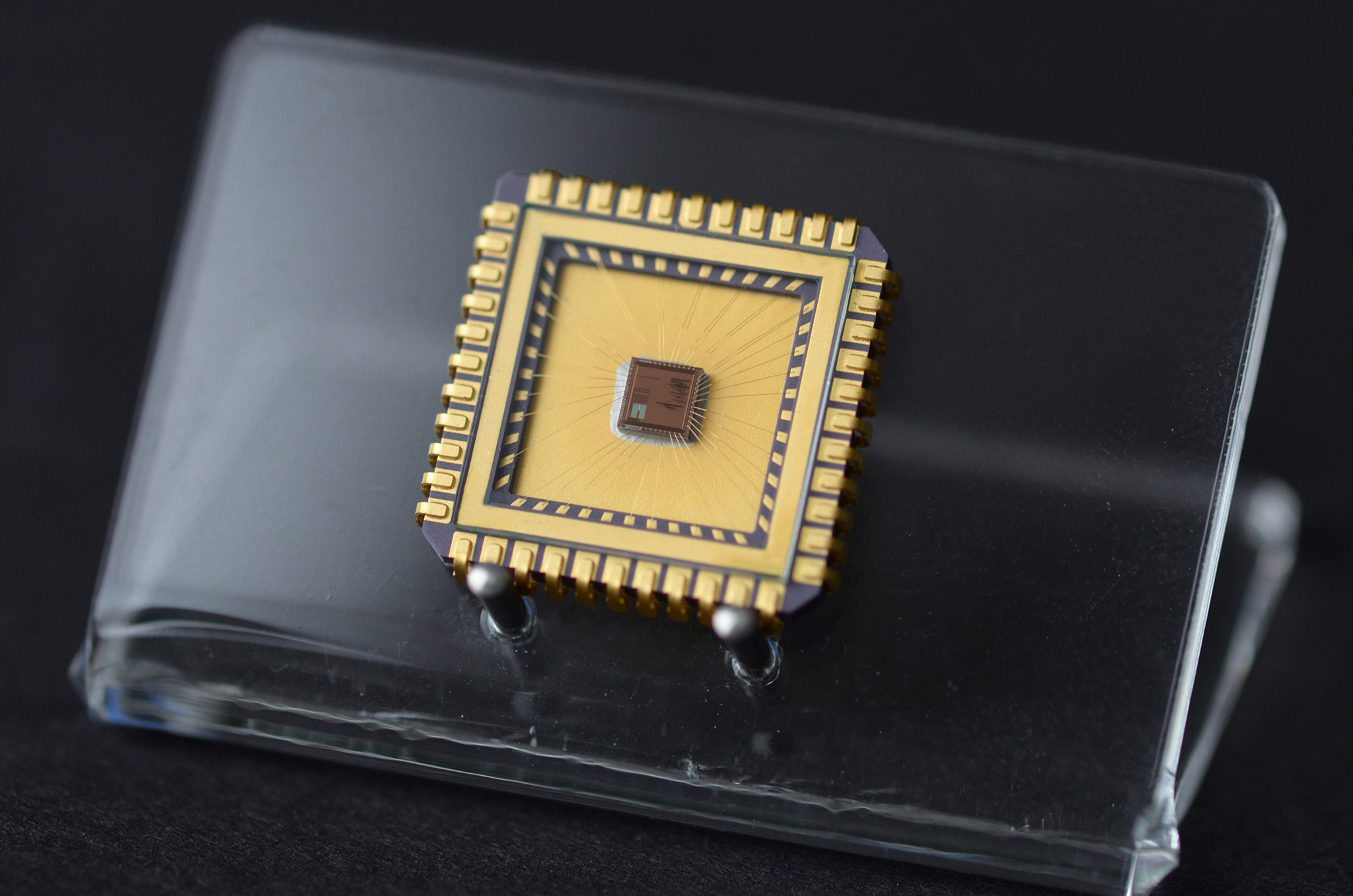Service life of electronic assemblies in cars can be increased to between 25 and 35 years
Electronic systems in cars and aircrafts are becoming increasingly smaller, more complex and more sophisticated. However, this miniaturization results in a greater sensitivity of electronic components to external stresses.
In the RESIST project, we worked together with partners to research concepts into creating very reliable and robust designs for especially high-performance micro- and nanoelectronic components. We developed a new approach that permits predictions during a microchip’s design phase of its subsequent behavior in operation. We also developed special chip components that recognize when wear is about to cause a failure and can report the issue to the vehicle driver or maintenance service. In addition, novel components designed for robustness protect integrated circuits particularly well against electrostatic discharges, which can shorten the service life of electronics. Taken together, these measures substantially support the goal of increasing the lifetime and failure safety of electronic assemblies in future automotive and aviation applications from 10-15 years at present to 25-35 years in the future.
